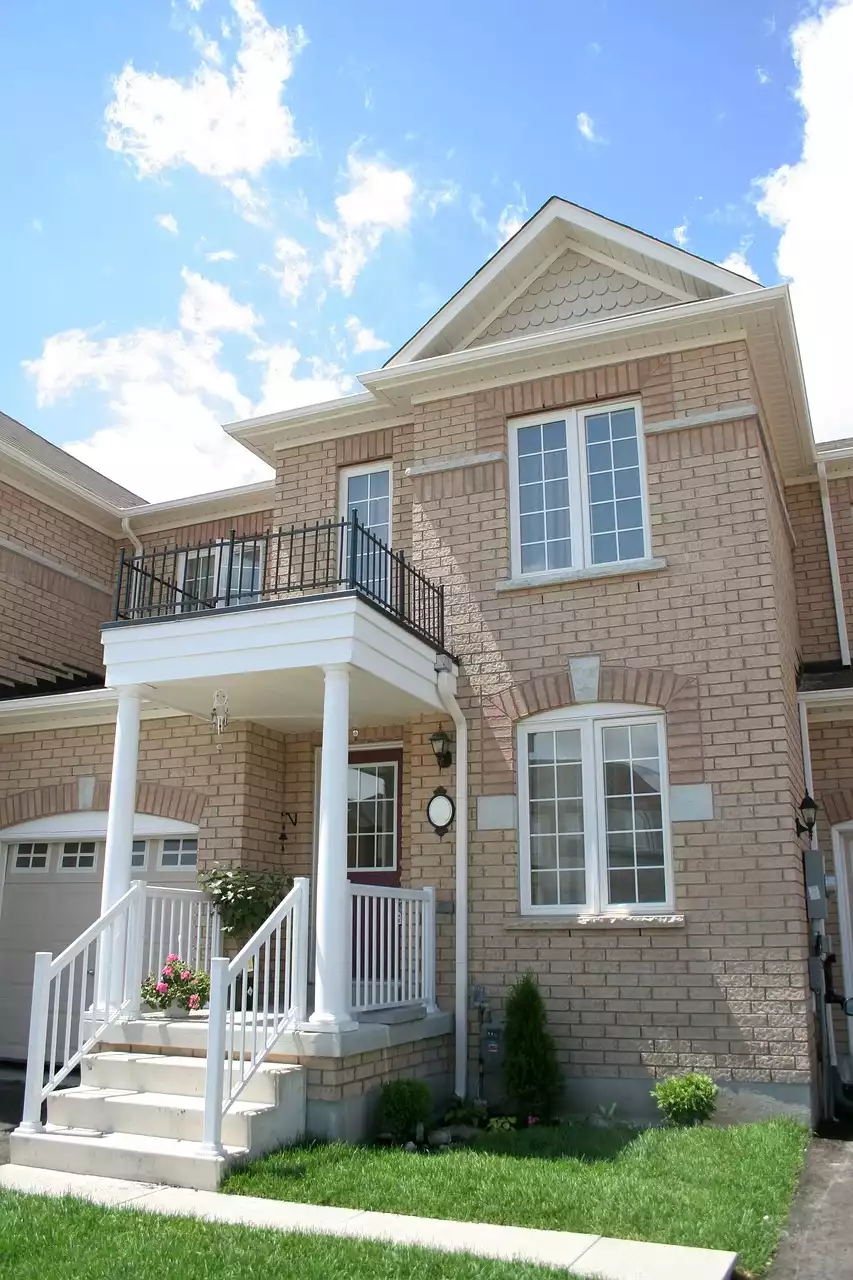Establishing your budget
The first step in the home-buying process is to establish a budget. This will allow you to narrow down your options and identify neighborhoods that fit your price range. Keep in mind that everything associated with buying a house will cost money. You’ll need to factor in the cost of a down payment, closing fees, mortgage rates, property taxes, homeowner’s insurance, and maintenance fees. When creating your budget, remember to set aside money for renovations, unexpected repairs and updating appliances. You’ll also need to decide what type of financing works best for you. While there are many options to explore, most fall under three categories: financing with cash, financing with a mortgage, or financing with a combination of the two.
Exploring the different housing options
When you’ve established your budget, it’s time to explore the different housing options. The type of home you choose will depend on the amount of land you want, the neighborhood you want to live in, and your personal preferences. There are many options to choose from, including apartments, townhouses, duplexes, condos, co-ops, and single-family homes.
Apartment - If you’re looking for a roommate, an apartment is a great choice. While renting an apartment is convenient, it also comes with a few drawbacks: You don’t own the place, you don’t have as much control over the property as a homeowner would, and you may have limited options should you want to move. Townhouse - A townhouse is a multi-level home with a separate exterior entrance. Townhouses are typically less expensive than single-family homes and have lower monthly mortgage payments than a condo.
Condo - A condo is a multi-level residence that you own. While you own the property, the condo owner’s association owns the shared areas, such as the pool and tennis courts. Condos come with high maintenance fees and are often more expensive than a townhouse or single-family home
Co-op - A co-op is a condo that is managed by the homeowner’s association. In exchange for lower maintenance fees, the homeowner’s association has a say in who purchases the home and when the resident leaves, the home goes back to the association.
Single-Family Home - A single-family home is a place where you can live, work, and play all in one space. They usually come with a backyard and are located in areas with low-density residential neighborhoods. Single-family homes can be purchased new or used and come in many styles, sizes and prices.
Researching neighborhoods
When you’ve narrowed down your options, it’s time to research the neighborhoods. The neighborhood you choose to live in will have a lasting impact on your family and lifestyle. With many options to choose from, it can be hard to know where to begin. To start, you can review local crime statistics, schools, and population density. Once you’ve narrowed down your list, it’s time to explore the neighborhood in person. You can also reach out to realtors and neighbors to get a feel for the neighborhood.
- Crime statistics: When you’re researching crime statistics, the most recent data available is the most reliable. While crime rates are useful for determining general safety, they’re not an exact science. Neighborhoods with higher crime rates may be safer now than they were years ago.
- Schools: When you’re researching schools, you’ll want to find out which school district the neighborhood is in. You can then use the online database provided by the Massachusetts Department of Education to research the schools in that district.
- Population density: The population density of a neighborhood will tell you how many people live in a certain area. A low-density neighborhood is great for growing families, while a high-density neighborhood is more popular among young professionals.
Comparing amenities
Once you’ve narrowed down your options, it’s time to compare amenities. You can use this information to help determine which neighborhood best suits your lifestyle. From grocery stores to gyms, there are countless amenities to choose from. You may also be able to find amenities that extend outside the neighborhood, such as nearby libraries and parks. While these are all important factors to consider, don’t get too caught up in the search. While some features may be deal breakers for you, others may be easily overlooked. In the end, it’s the people that will make the biggest difference in your day-to-day life.
Working with a real estate agent
While you may be eager to begin the home-buying process, it’s important to take your time. If you begin the home-buying process without ample time to explore your options, you could end up making a rash decision. It’s important to work with a real estate agent who will help you navigate the process. You can search for a real estate agent online or ask your friends and family members for recommendations. There are many things to consider when hiring a real estate agent. You should find an agent who is familiar with the area and knows what’s available in your price range. You should also consider the agent’s personality and how well you get along with them. You’ll be spending a lot of time with your agent, so it’s important to find someone you trust and feel comfortable working with.
Preparing for a home inspection
Before you make an offer, it’s important to have a home inspection. A home inspector will thoroughly examine the property from top to bottom and let you know if there are any potential issues or concerns. The home inspector will also let you know if there are any repairs or renovations that would be recommended for safety or functionality reasons. Depending on the results of the inspection, you may have to put more money down on the house or request a reduced price. The cost of the home inspection will vary depending on the size of the house, the age of the house, and the city where the house is located. Before you make an offer, you should ask the seller if they will pay for the home inspection. If they agree to pay, you’ll be able to see if there are any issues with the house and have time to negotiate a lower purchase price. If the seller doesn’t offer to pay for the inspection, you’ll need to set aside money for it upfront.









